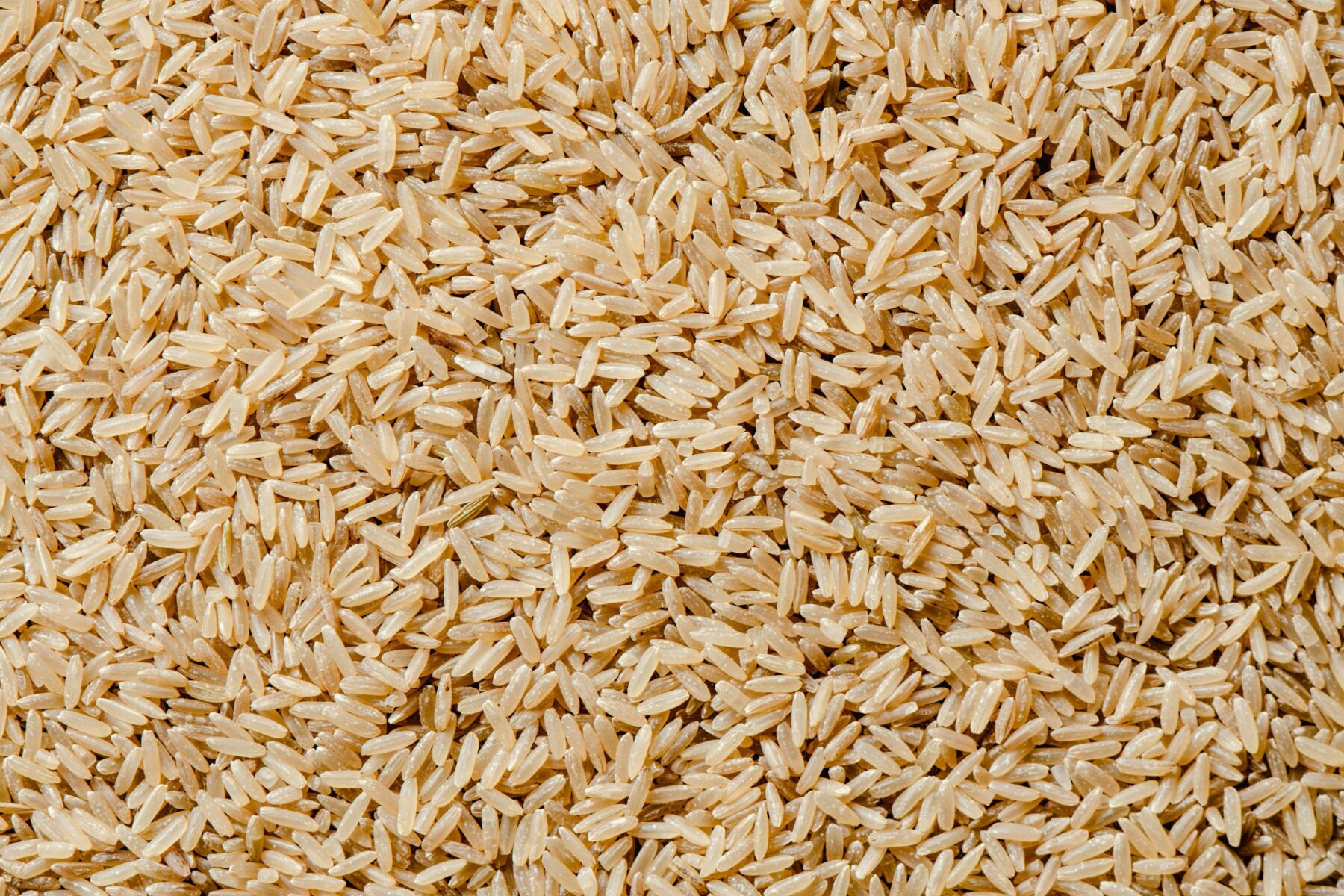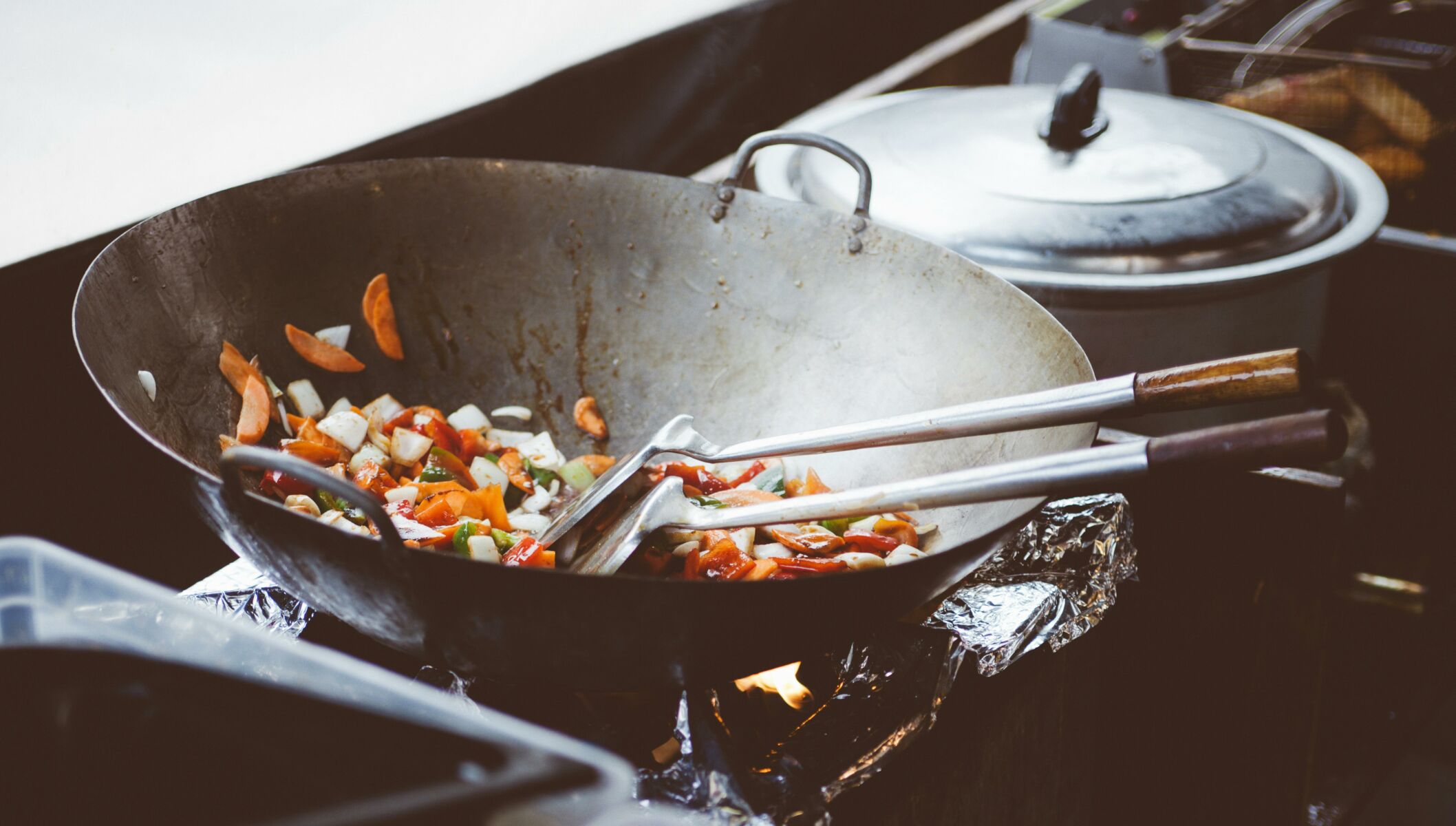Cook it up in Thailand on a budget

Thailand is known for its vibrant street food and rich culinary culture and offers a myriad of options for those who want to enjoy delicious meals without breaking the bank. However, there are times when you want to have a home-cooked meal or you’re looking to spend less money eating out. Whether you’re a backpacker, an expat, or just someone looking to save money, here are some tips on how to cook in Thailand on a budget. Get ready to chef it up in Thailand!
Tips to cook in Thailand on a budget
Shop at local markets
Local markets are the heart of Thai culinary culture. They are bustling with fresh produce, meat, seafood, and spices at prices significantly lower than supermarkets.

- Or Tor Kor Market (Bangkok): Known for its high-quality produce, this market offers a wide range of fruits, vegetables, seafood, and meats. It’s slightly more expensive than typical local markets but still cheaper than supermarkets.
- Warorot Market (Chiang Mai): A great place for fresh fruits and vegetables, as well as local snacks and delicacies. The market is also famous for its selection of spices and dried goods.
- Talad Rot Fai (Bangkok): This market is not just for shopping but also for experiencing the local culture. It offers unique ingredients and local snacks at very affordable prices.
Buy seasonal produce
Thailand’s tropical climate means there’s always something in season. Buying seasonal fruits and vegetables not only ensures freshness but also saves money.

- Mangoes: They are best from March to June and are perfect for making mango sticky rice, a popular Thai dessert. You can easily fall in love with mangoes and we recommend you try creating some new mango dishes!
- Lychee and rambutan: Available from May to August. These fruits are great for snacking or adding to salads. They are known for their sweet and flowery flavour and are always packing a refreshing burst within each bite.
- Durian: Peak season from April to August. Known as the “king of fruits,” durian is a bit of an acquired taste but very popular in Thailand. If you have never tried this fruit, there are many places for you to try in Thailand. Despite being known as the “stinky” fruit, it doesn’t taste as bad as it seems.
Learn basic Thai dishes
Mastering a few basic Thai dishes can help you make the most of local ingredients.

- Pad Thai: A stir-fried noodle dish with eggs, tofu, peanuts, and lime. You can add chicken, shrimp, or vegetables as per your preference. It’s quick to prepare and requires minimal ingredients.
- Som Tum (Papaya Salad): A spicy salad made from shredded green papaya, tomatoes, peanuts, and a flavorful dressing. It’s a refreshing and light dish perfect for hot days.
- Khao Pad (Fried Rice): Simple and versatile, made with leftover rice, vegetables, and meat or seafood. You can use whatever ingredients you have on hand.
Use affordable protein sources
Protein can be one of the more expensive parts of a meal. In Thailand, however, there are many affordable options:

- Eggs: Widely used in Thai cooking and is very cheap. They can be incorporated into many dishes or enjoyed on their own.
- Tofu: A great vegetarian option that is both nutritious and inexpensive. Tofu can be used in stir-fries, soups, and salads.
- Chicken: Often more affordable than beef or pork. You can use it in a variety of dishes like green curry, grilled chicken skewers, or soups.
Buy in bulk
Buying in bulk can save you money in the long run. Many local markets offer discounts for larger quantities.

- Rice: A staple in Thai cuisine, it can be bought in large sacks and stored for long periods.
- Noodles: Another essential ingredient that is easy to store and very versatile.
- Sauces: Soy sauce, fish sauce, and oyster sauce are used in many Thai dishes and can be bought in large bottles to save money.
Utilize street food techniques
Street food vendors in Thailand are experts at creating delicious meals on a budget. Adopting some of their techniques can help you save money:

- Batch cooking: Cook larger quantities and use leftovers creatively. This saves time and energy.
- Minimize waste: Use every part of the ingredient. For example, vegetable scraps can be used to make broth, and leftover meat can be added to stir-fries or soups.
- Quick cooking methods: Stir-frying and grilling are fast and use less energy. These methods are also ideal for retaining the freshness and crunch of vegetables.
Grow your own herbs
Many Thai dishes rely heavily on fresh herbs like basil, cilantro, and mint. Growing your own can be a cost-effective and rewarding way to ensure you always have fresh herbs on hand.

- Thai basil: A staple in many dishes, it grows well in small pots or gardens.
- Cilantro: Easy to grow and can be used in a variety of dishes, from salads to soups.
- Mint: Perfect for garnishing and adding a fresh flavour to salads and beverages.
Join cooking classes
Investing in a local cooking class can teach you how to make the most of local ingredients and prepare authentic Thai dishes.

- Learning techniques: Cooking classes often teach techniques that help you maximize flavours and minimize waste.
- Ingredient substitution: Classes can provide tips on substituting expensive ingredients with more affordable local options.
- Cultural insights: Understanding the cultural context of dishes can enhance your cooking experience and appreciation of Thai cuisine.
Avoid imported goods
Imported goods are often much more expensive in Thailand. Stick to local products, which are not only cheaper but also fresher and more sustainable.

- Local snacks: Thailand has a wide variety of local snacks that are affordable and delicious.
- Spices and sauces: Locally produced spices and sauces are significantly cheaper than imported ones.
- Produce: Local fruits and vegetables are fresher and more affordable than imported varieties.
Use public transportation
When shopping for ingredients, use public transportation to save money. Bangkok’s BTS Skytrain, MRT subway, and extensive bus network are affordable and efficient ways to get around the city.

- BTS Skytrain: Fast and convenient, especially for reaching major markets and shopping areas.
- MRT subway: Covers many key areas and markets in Bangkok.
- Buses: The cheapest option, with an extensive network covering the entire city.
Cooking in Thailand on a budget is entirely feasible and can be a delightful experience. By shopping at local markets, buying seasonal produce, mastering basic Thai dishes, and utilizing street food techniques, you can enjoy the rich flavours of Thai cuisine without spending a fortune.
On another note, Thai and Chinese fusion cuisine is a blend of two cultures. The world of Thai and Chinese fusion food offers a delightful blend of flavours from both rich culinary traditions. Originating as humble street food, these fusion dishes have evolved into restaurant staples. Consider Guay Jub, a Thai-Chinese staple featuring rolled rice noodles, crispy pork offal, and fresh herbs. The dish balances peppery notes with a hearty broth. Learn to make many dishes on a low budget and happy cooking!
Latest Thailand News
Follow The Thaiger on Google News:


























